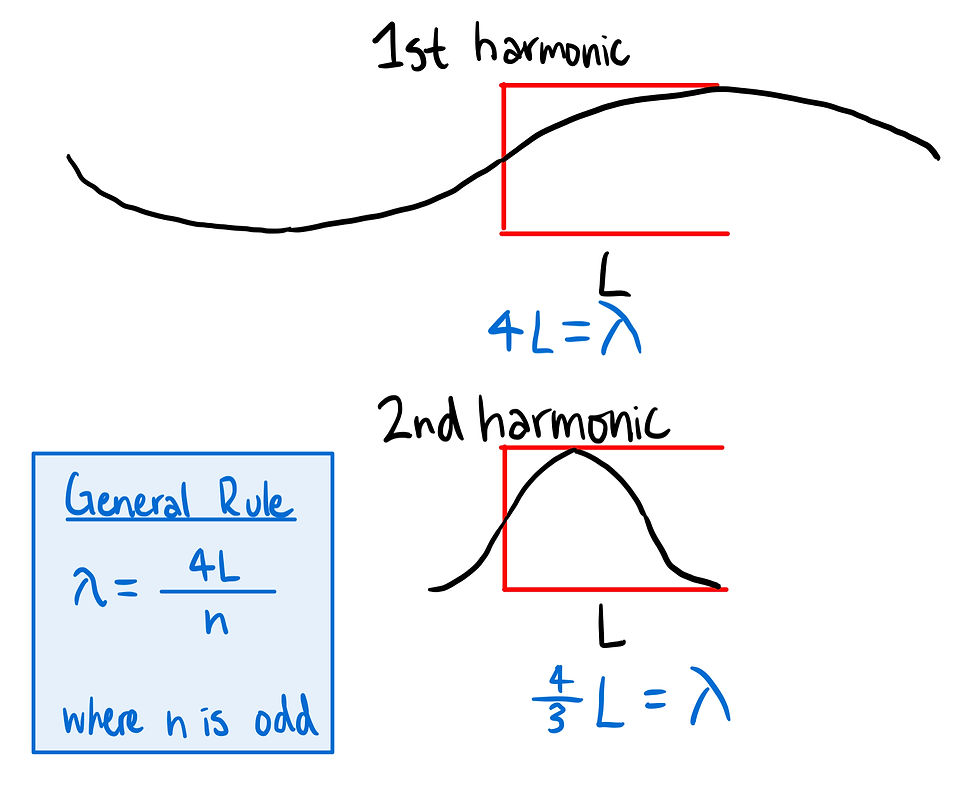PhysicsBowl 2017 Q35
- keshprad

- Apr 23, 2020
- 2 min read
35) In this question we have a metal bar moving across conducting rails. We want to find the direction and relation between the current in the two loops. First, it is important to understand Faraday's Law of induced electromagnetic force.

When there is a change in flux a voltage, and therefore a current, is induced. In our situation, the magnitude of the field is constant, however, as the metal bar moves to the left, the area of the two loops change.
Now we want to find the direction of the induced current. Using Lenz's law, we know that the direction of the magnetic field produced will oppose the effect the caused it. You can read more about Lenz's law here.
In the loop on the left, the area is decreasing, which means the change in flux is coming out of the page, perpendicular to the page. Lenz's law tells us that the induced magnetic field, will oppose this change in flux; it will be perpendicular and into the page. Using the right-hand rule, we see that the current through resistor X will go up the plane of the page.
We can do the same thing for the loop on right. In this case the area is increasing, and thus the change in flux is going into the page, perpendicular to the page. Using Lenz's law, we find that the magnetic field must oppose this effect. The field will be directed outward and perpendicular to the plane of the page. The right-hand rule, tells us the current through resistor Y will also flow up the plane of the page.
Next, we want to find the relation between the magnitude of the current. We can rewrite Faraday's law in terms of the velocity of the metal bar.

Since both loops have the same moving metal bar, and since the field and width of both loops are the same, we know that the induced electromotive force is the same. The question also tells us that Resistors X and Y are identical, which means they both have the same magnitude of resistance. We can use Ohm's law to solve the relation between the currents.

Answer: B




Comments